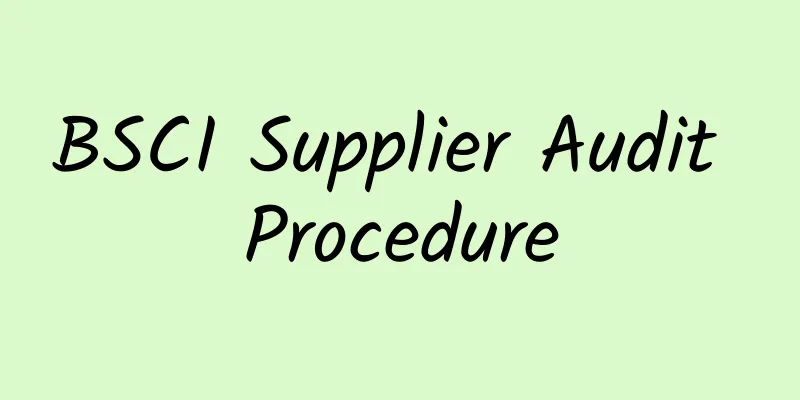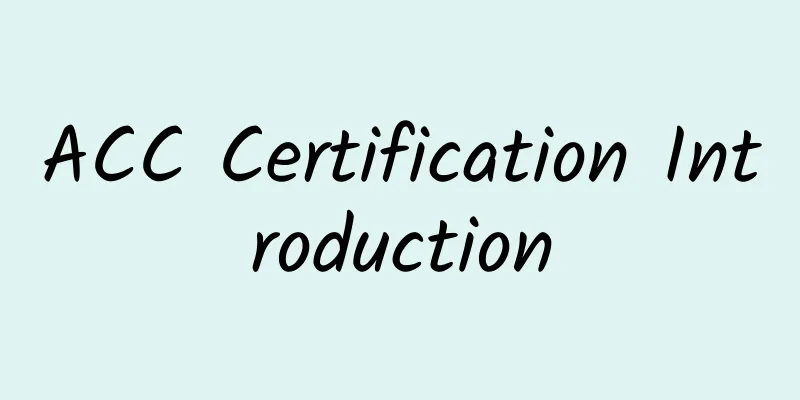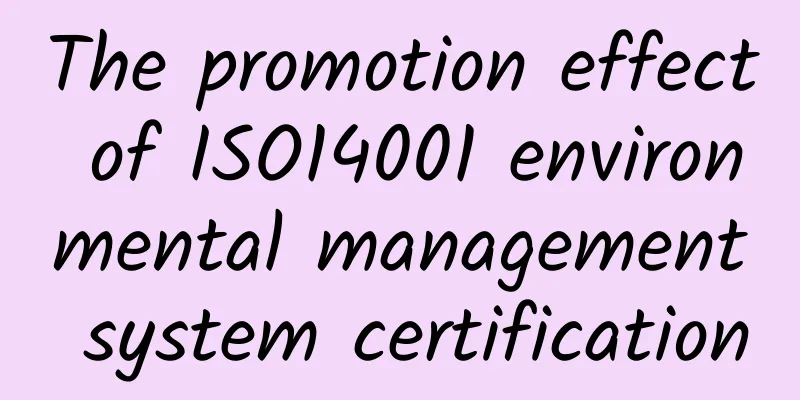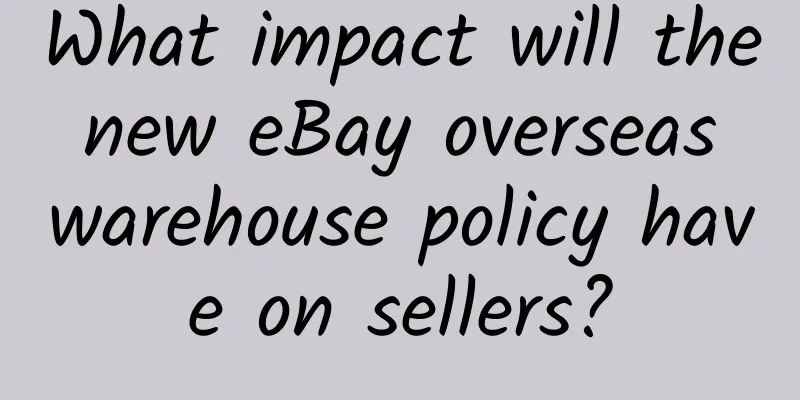Quanguantong released "Imported Cosmetics Consumption Tax Policy and Cross-border E-commerce Tax Rate Application Tips"
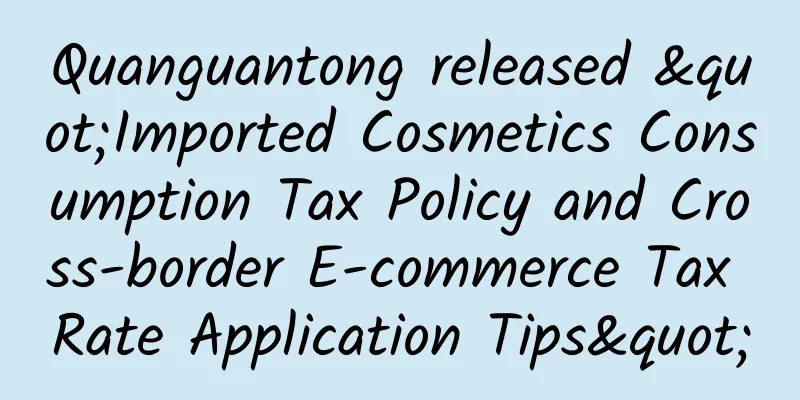
|
Cosmetics have gradually become an indispensable daily necessity in people's lives. Since 2016, the state has abolished the consumption tax on ordinary beauty and decorative cosmetics, renamed the "cosmetics" tax item to "high-end cosmetics", and adjusted the tax rate to 15%. The All-Customs Information Network has collected and sorted out the specific contents of the relevant policies for everyone, and combined with the latest cross-border e-commerce channels The taxation and supervision regulations for imported cosmetics implemented on January 1, 2019 are used as examples. I. Scope of tax collection: “high-end cosmetics” Including high-end beauty, decorative cosmetics, high-end skin care cosmetics and complete sets of cosmetics. Specifically refers to beauty, decorative cosmetics and skin care cosmetics with a sales (duty-paid) price (excluding VAT) of 10 yuan/ml (g) or 15 yuan/piece (sheet) or above in the production (import) stage. From October 1, 2016, the consumption tax rate for cosmetics import will be reduced from 30% to 15%. 2. Announcement No. 55 of the General Administration of Customs of 2016 specifies the specific requirements for customs supervision and taxation (1) The first legal unit of measurement for cosmetics is “kilogram” and the second legal unit of measurement is “piece”. (ii) For cosmetics whose packaging indicates content by weight, the first statutory quantity shall be reported based on the net content, i.e., excluding the weight of the inner and outer packaging materials; the second statutory quantity shall be reported based on the number of independently packaged bottles (cans). (III) For cosmetics whose packaging indicates content by volume, the first legal quantity shall be declared according to the conversion relationship of 1 liter = 1 kilogram of net content, i.e., the volume of the inner and outer packaging materials shall not be included; the second legal quantity shall be declared according to the number of bottles (cans) with independent packaging. (IV) For cosmetics with packaging marked as “pieces” or “sheets”, the first legal quantity shall be declared according to the net weight of the goods; the second legal quantity shall be declared according to the number of “pieces” or “sheets”. III. Key points on taxation and supervision of cosmetics imported through cross-border e-commerce retail channels (I) From January 1, 2019, the limit on a single transaction for an individual will be increased from RMB 2,000 to RMB 5,000, and the limit on an annual transaction for an individual will be increased from RMB 20,000 to RMB 26,000. For cross-border e-commerce retail imported goods within the limit, the tariff rate is temporarily set at 0%; the value-added tax and consumption tax at the import stage will be levied at 70% of the statutory tax payable. (II) When the duty-paid price exceeds the single transaction limit of RMB 5,000 but is lower than the annual transaction limit of RMB 26,000, and there is only one item under the order, it can be imported from the cross-border e-commerce retail channel. Customs duties and import value-added tax and consumption tax will be levied in full according to the goods tax rate, and the transaction amount will be included in the annual transaction total. However, if the annual transaction total exceeds the annual transaction limit, the cross-border e-commerce policy will no longer apply and the import procedures should be handled as general trade. (III) Example: 1. A set of cosmetics worth RMB 3,000 is imported through a cross-border e-commerce retail channel with a tariff of 0. It is taxed at a VAT rate of 11.2% and a consumption tax rate of 10.5%. 2. A single piece of cosmetics that exceeds RMB 5,000 but does not exceed the individual's annual cumulative transaction limit can be imported through cross-border e-commerce retail channels, but customs duties, value-added tax and consumption tax will be levied in full and will be deducted from the corresponding individual's annual cross-border e-commerce retail transaction amount. 3. If the transaction value exceeds the individual's annual cumulative transaction limit, the import declaration procedures shall be carried out in accordance with general trade goods. |
>>: Report: China's cross-border e-commerce transaction volume reached 9 trillion yuan in 2018
Recommend
Understand what carbon peak, carbon neutrality, and carbon footprint are, as well as the calculation methods and standards of carbon footprint in one article
Everyone knows that climate change is a common ch...
Postal Box
What is a Postal Box? PO Box, also known as Posta...
The relationship between customer factory inspection and WRAP certification
Factory inspection is simply that the business it...
What is Dresslily? What are the characteristics of Dresslily?
What is Dresslily? Dresslily is a clothing shoppi...
VAT cross-border finance and taxation: How to register a German VAT account?
Why do we need to apply for VAT? According to the...
How to withdraw cash from PayPal? How to withdraw cash from 2checkout?
Currently, PayPal has 5 ways to withdraw money: 1...
How about Jiuyi Network? What are the service advantages of Jiuyi Network?
How about Jiuyi Network? Jiuyi Network Technology...
What is the 360chainXms system? What are the functions of the 360chainXms system?
What is the 360chainXms system? 360chainXms is an...
What is Zibbet? What are the features of Zibbet?
What is Zibbet? Zibbet is a marketplace for origi...
Application of HACCP certification in condiment industry
With the development of China's food industry...
What is ValueLink? What marketing services does ValueLink provide?
What is ValueLink? ValueLink is a cross-border e-...
What is Bluehost? What are the features of Bluehost?
What is Bluehost? Bluehost is a very popular Amer...
What are the requirements for wastewater/sewage treatment under GRS certification?
Wastewater/sewage treatment is also a top priorit...
Walmart factory inspection consultation: GSV preparation materials
Walmart factory inspection consultation GSV prepa...
What is ISCC International Sustainability and Carbon Certification?
The term "sustainable development" appe...


